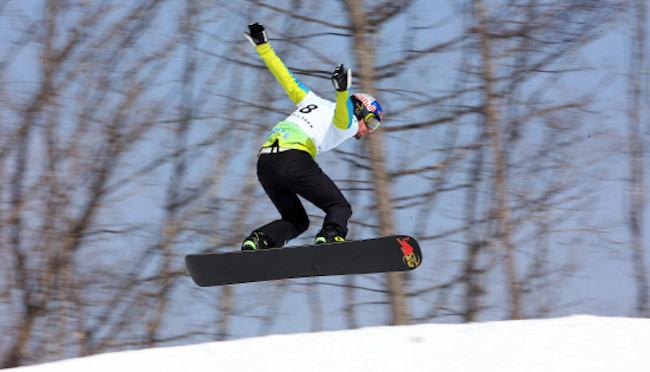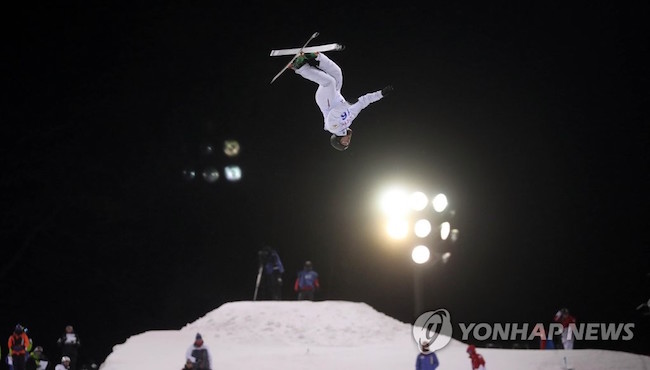
After freestyle aerial skiing came snowboard slopestyle (37 percent) and snowboard cross (34 percent). (Image: Yonhap)
PYEONGCHANG, Jan. 29 (Korea Bizwire) – Research has found that 1 in 10 athletes who participated in the 2010 and 2014 Winter Olympics suffered an injury during the games.
According to the findings of the British Journal of Sports Medicine (BJSM), which undertook the study upon request of the International Olympic Committee, 11 percent of athletes during the Vancouver 2010 Winter Olympics and 12 percent during the Sochi 2014 Winter Olympics were injured.
The BJSM arrived at its conclusions by conducting a comprehensive fact-finding study on the number of injured athletes who received treatment by the participating nations’ medical teams and at on-site medical facilities in the Olympic Village. Athletes sporting injuries prior to the initiation of the Olympics were excluded from the study.
The BJSM further found that injuries were more prevalent in winter than in summer. In the London 2012 Summer Olympics and the Rio 2016 Summer Olympics, injury rates reported among athletes were 8 percent and 11 percent, respectively.

Nearly half (49 percent) of all freestyle aerial skiing competitors were hit with some form of injury at the 2014 Winter Olympics. (Image: Yonhap)
Not all competitive winter sports were equal when it came to the injured list. Nearly half (49 percent) of all freestyle aerial skiing competitors were hit with some form of injury at the 2014 Winter Olympics.
After freestyle aerial skiing came snowboard slopestyle (37 percent) and snowboard cross (34 percent). Bobsledding also registered highly on the list with reports of 18 percent injured.
Dr. Willem Meeuwisse from the University of Calgary, who contributed to the study, said, “As is characteristic of certain winter sport categories, there are some that require traveling at high speeds and performing a variety of maneuvers in-air. Because the athletes try to go faster, the level of injury is more severe than those sustained by their counterparts in the summer Olympics.”
Meeuwisse added, “Winter Olympians more than the participants of the Summer Games suffer more broken bones than abrasions, and more torn ligaments than strains.”
Kevin Lee (kevinlee@koreabizwire.com)






